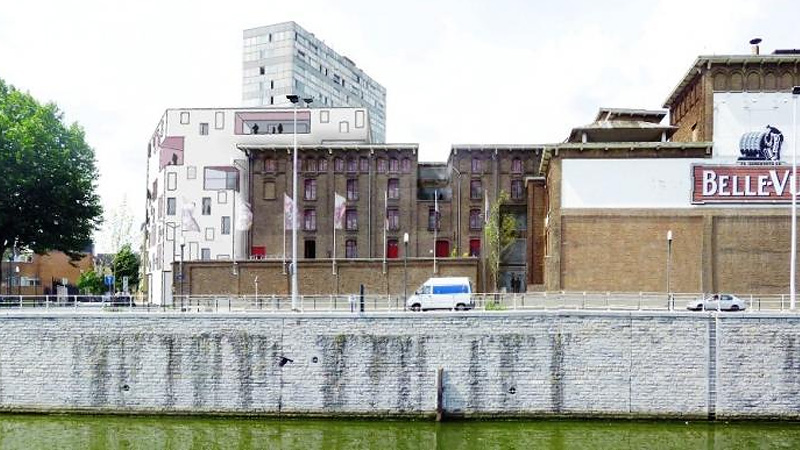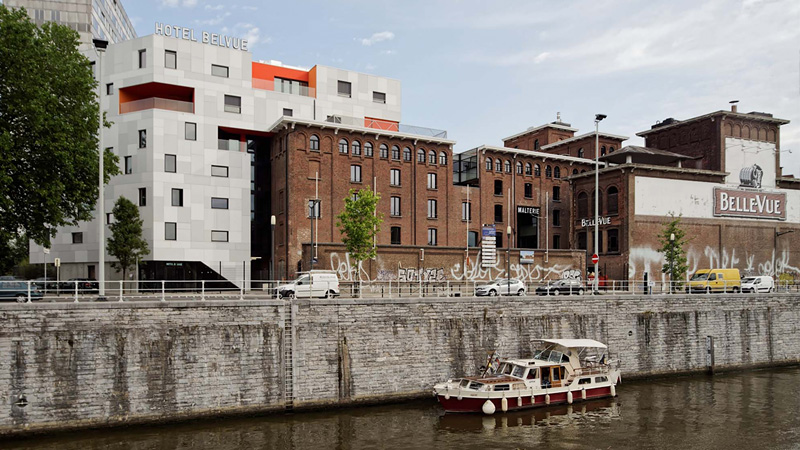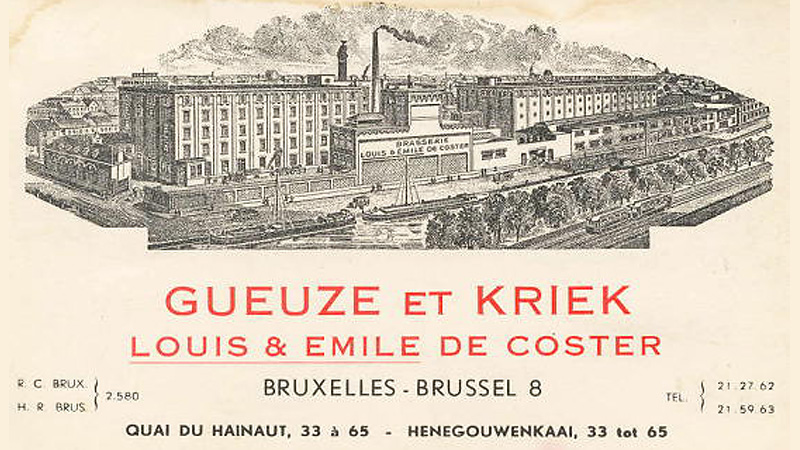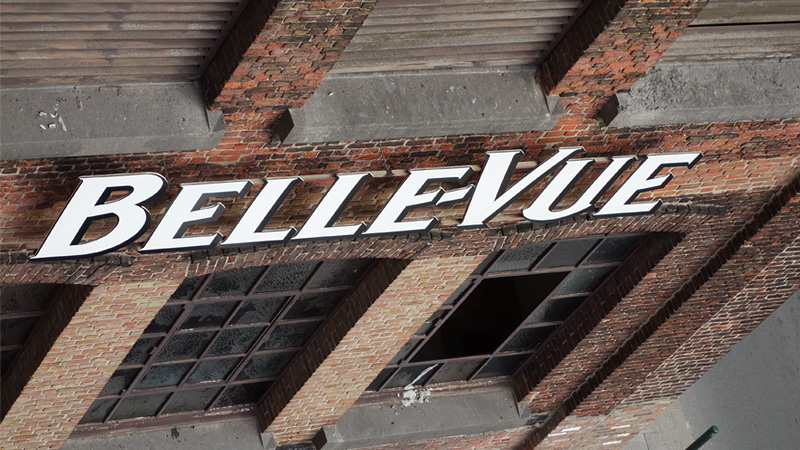The Belvue Project
BELVUE: MUCH MORE than a HOTEL
The BELVUE Hotel is the first of its kind in Brussels, not only because it is a new building 100% passive, but also because it is intended to focus on the training of young people. The passive construction is a standard that is truly effective, both comfortable and ecological.
We use energy sources inside the building such as body heat from the residents or solar heat entering the building. Special windows and a building shell consisting of highly isolated exterior walls, roof and floors keep the desired warmth in the building or undesirable summer heat outside! A ventilation system brings constantly fresh air making for superior air quality. Solar panels to provide as much self energy as possible are placed on the roof, together with a rain water recovery tank.
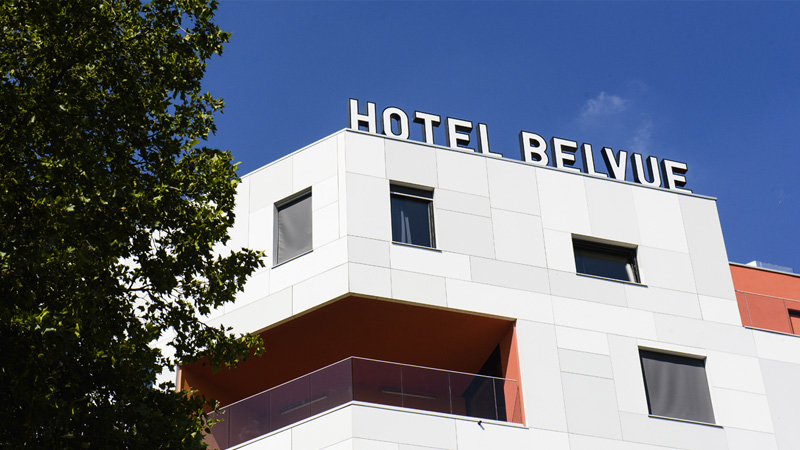
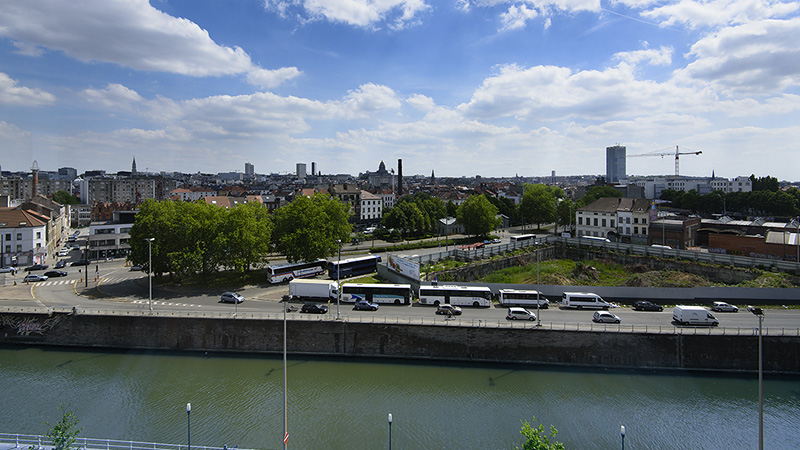
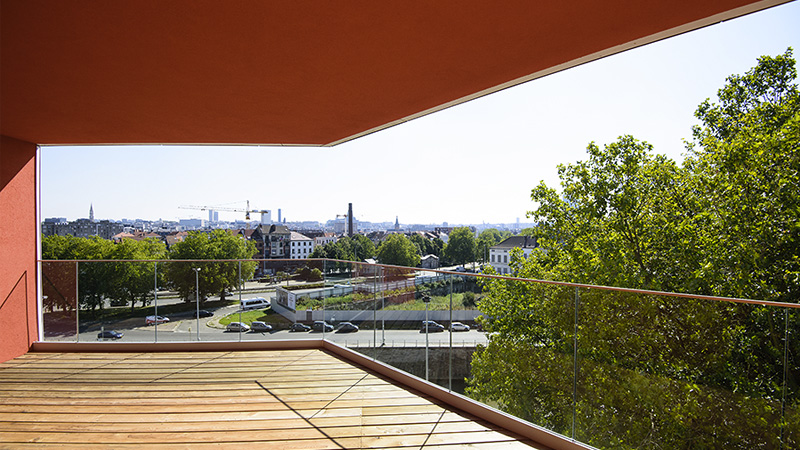
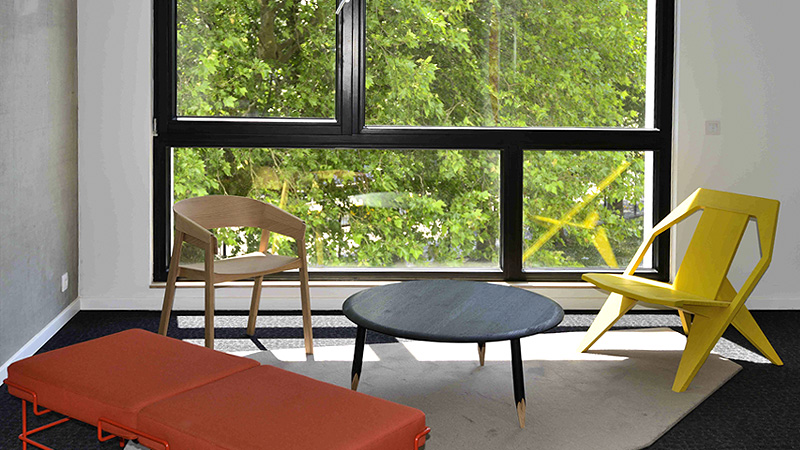
BELVUE : History
From the Louis and Emile De Coster brewery to the Belle-Vue brewery.
If you’re talked about the Belle-Vue Brewery, it will mean a lot more to you. These are imposing buildings built facing the canal near the "Ninove Gate". In 1916, Louis and Émile De Coster left the rue des Fabriques where they had been living since 1865 to build this Gueuze brewery along the canal.
In 1916, Louis and Emile De Coster leave the “rue des Fabriques” where they are installed since 1865 to implement this gueuze brewery along the canal. Built in phases from 1916 to 1935, the sober and modern architecture in a concrete frame, has gradually imposed itself in the landscape. Meanwhile, the back of the building follows the route of the small river Senne, which has been filled during the 1930’s. After the acquisition of the De Coster brewery by the Belle-Vue brewery in the late 1960s, the name De Coster gradually erased from the memories.
Jenny and Michel De Coster testimony is full of anecdotes, such as installation by the Germans during the Second War, of a battery of DCA on the roofs of the brewery.
Since the 1990s, the activities of the brewery have been gradually relocated to Sint-Pieters-Leeuw until the resale of the site in 2008, when the city of Molenbeek has acquired 5.000 square meters to drive a new destiny to this beautiful and historical location.
